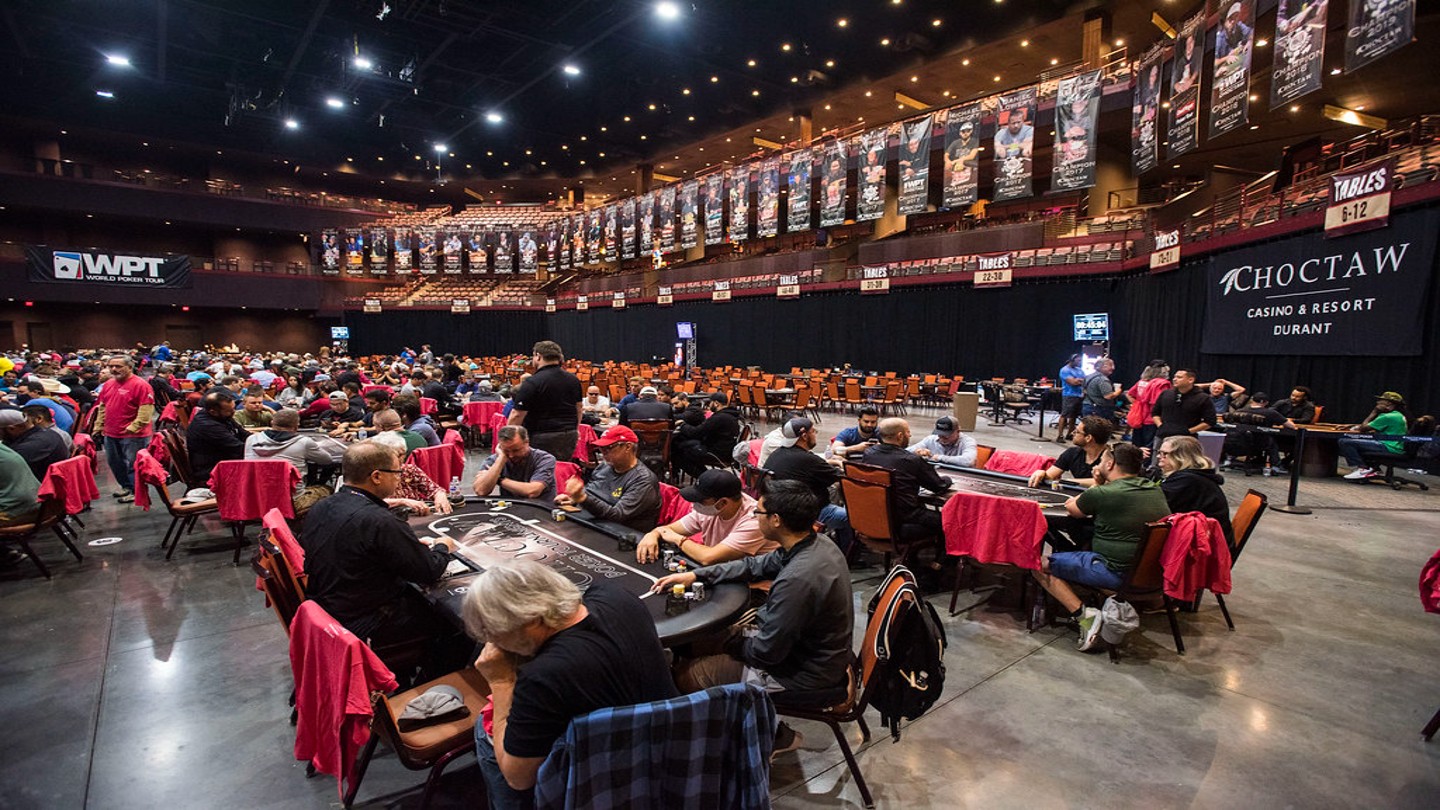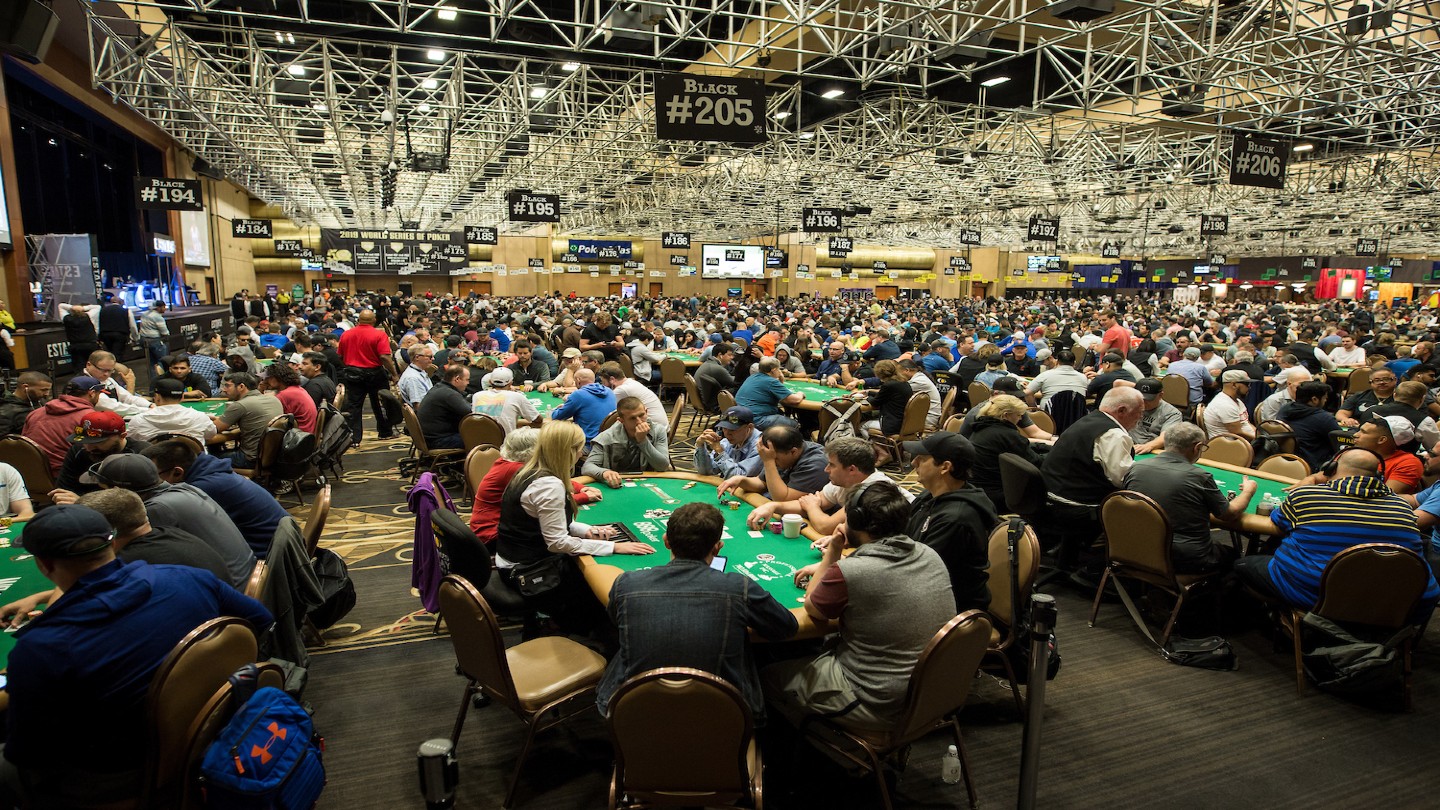Side Pot in Poker – Do You Know How to Count It?
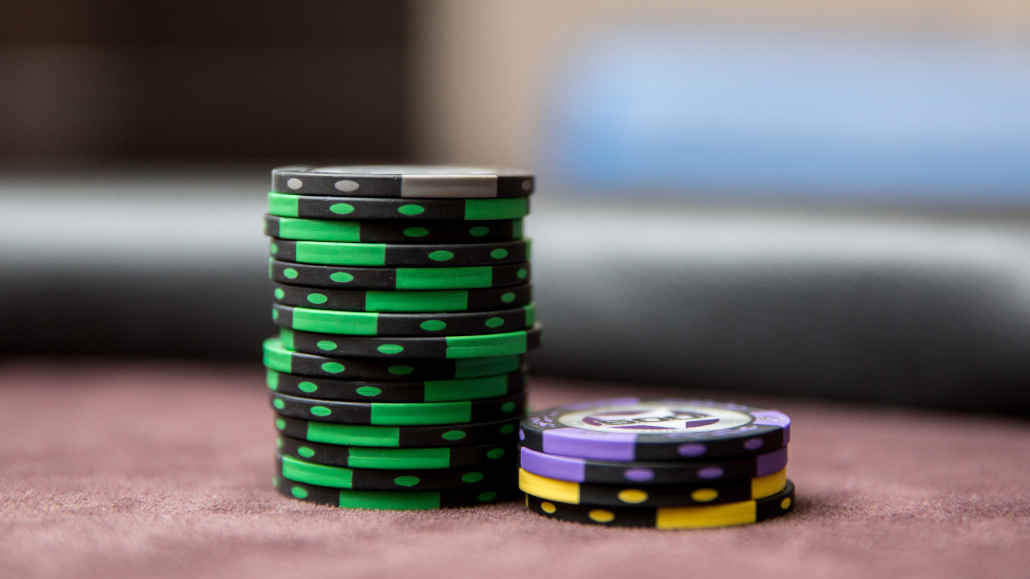
10 minutes
Last Updated: October 19, 2021
The game of poker is all about winning pots. Big ones, small ones, and the ones in the middle – all pots count as they add up at the end of your session.
This is true for all poker variants out there, so understanding everything there is to know about pots is the crucial thing in this game.
In this article, I'll talk about the side pot, which is an interesting term that could confuse you if you're new to poker.
While it has the word “side” in the name, this kind of a pot isn't necessarily less important compared to the main pot.
On the contrary, it often happens that the side pot is larger and much more significant than the “main” pot.
Poker is very situational, and you'll sometimes find yourself in a setup where one player is all-in for a relatively insignificant amount, while you and other players involved in hand still have plenty of chips behind.
All the bets that go into the middle after the all-in bet had been covered belong to the side pot.
If this is still unclear, don’t worry. By the time you’re done reading, you’ll know everything there is to know about the topic, including some useful side pot poker strategy tips.
So, without further ado, let’s get straight into it.
What Is Poker Side Pot?
In every poker hand, all the bets made by the players are dragged to the middle to create the pot. The amount in the middle is the reason to continue playing.
It's what you fight for, trying to outdraw and/or out-bluff your opponents in hopes of winning.
In most cases, things are pretty straightforward. As long as everyone has enough chips in front of them to cover all bets in full, everything goes into the main pot, and there is just one pot to play for.
Every now and again, however, it happens that one or more players involved in a hand don't have enough chips to cover the bet in full. So, they'll move all in for whatever amount is in front of them while all excess chips are put into the side pot.
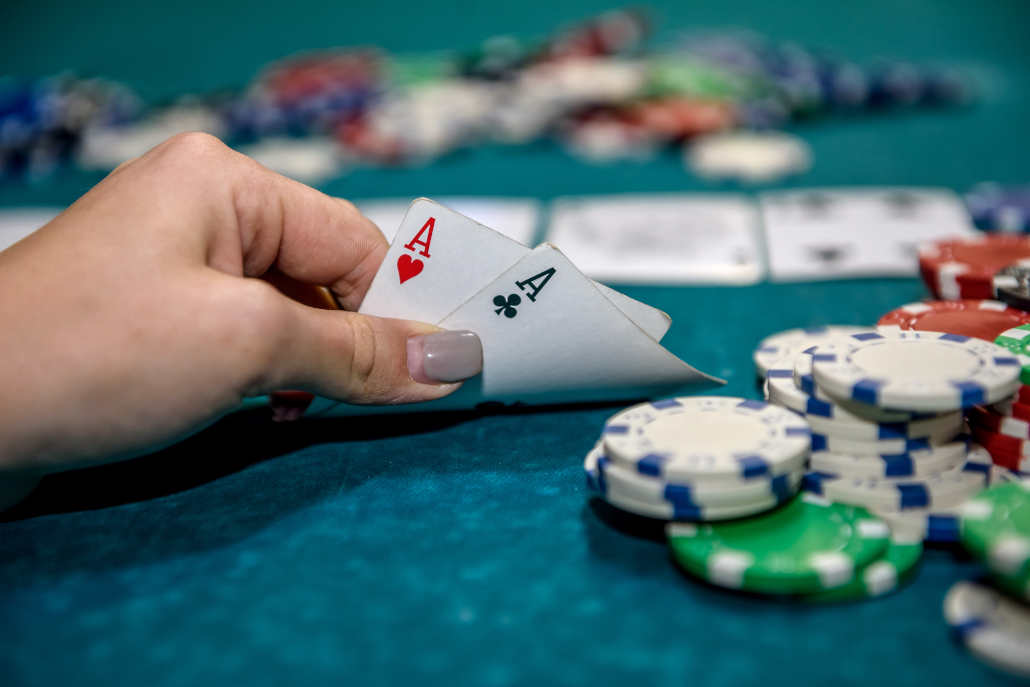
This is best explained through an example. Let's say you play in a tournament and have a stack of 30,000 chips. You open for 1,000, and three players call.
On the flop, you continuation bet for 2,000 and two players call, and one player folds. So, now there are 10,000 chips in the middle.
On the turn, you bet again, this time for 6,000. The first player, who still has chips behind, calls your bet, and the second player announces they're all in. The dealer counts their stack, and it turns out they only have 4,000 chips remaining.
This is where the poker side pot comes into play.
Since all games are played with table limits, according to poker all in rules, a player can only bet what they have in front of them to start the hand.
So, when the third player goes all-in for 4,000, that amount goes into the main pot, and the dealer will take 4,000 from you and the other player as well and place those chips in the main pot.
Now, the main pot is 22,000 chips, but your turn bet was for 6,000, and it was called by the second player, so there are 4,000 chips unaccounted for.
These chips are placed in the side pot, and only you and the player who still has chips behind compete for that pot. The player who is all in can’t win any part of the side pot since they no longer have chips to cover the bets.
Side Pot Rules
So, a poker side pot is created when one player is all-in at some point, and other players involved in a hand still have some chips behind to do the betting. But are there any specific side pot rules you should know about?
The most important distinction is that in these hands, you’ll be competing for two pots instead of one, which means it’s possible to win none, one, or both of them.
According to side pot rules, players with chips still behind are free to continue betting on all the remaining streets, just like in any other hand.
If the side pot is formed on the turn, like in the previous example, you’ll still have an option to bet on the river. If you check to your opponent, they’ll have the option to bet without any restrictions.
There is nothing in the side pot rules to dictate that players have to slow down just because one player is all-in and no longer involved in the action. There could be some strategic reasons for doing so, but I'll cover that in the next section.
When it’s time for the showdown, the winner of the main pot is determined first, and the side pot is awarded after that.

As I said, it's possible to win a side pot but lose the main pot. For example, the all-in player could have been on a flush draw and filled up on the river, so he wins the main pot.
Both you and the other opponent have a top pair, but you have a better kicker, so you win the side pot.
Of course, it’s not possible to win the main pot but lose the side.
Multi-way Side Pots
Once you understand what the poker side pot is and how it works, there isn't much to it. It can sometimes be difficult on dealers, especially when there is a big three or four-way all-in before the flop.
Since all players usually have different stack sizes, this will sometimes result in two or three side pots in addition to the main one.
For example, four players are sitting with 10,000, 14,000, 15,000, and 19,000, respectively. They all decide to get their chips in the middle before the flop.
What happens now?
The main pot is always formed first, and it is based on the smallest stack, which is 10,000 poker chips in this case. So, the dealer will take 10,000 chips from each player and place them in the main pot, bringing it to a total of 40,000. This is the pot everyone plays for.
The second player has 14,000 chips, which is 4,000 more than the smallest stack. The dealer will take their 4,000 and 4,000 from each of the other two players to place them in the first side pot of 12,000.
So, following Texas Hold'em all in rules, the second player plays for the main pot and the first side pot.
The third player now has an extra 1,000 chips in front of them. That 1,000 is matched with 1,000 from the final player to create the second side pot of 2,000.
The remaining 4,000 is pushed back to the final player, and they will have that amount remaining after the hand no matter what. They can lose no more chips in this hand.
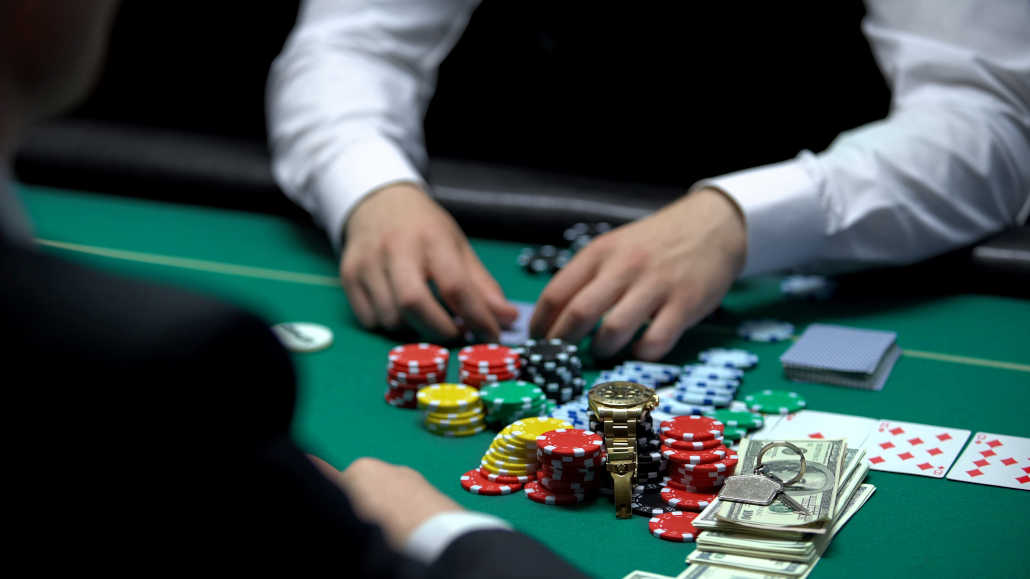
Since everyone is all in, the dealer will deal out the flop, turn, and river, and everyone will show their cards. The strongest poker hand will win the main pot and any side pots they are a part of.
For example, even if the first player has the absolute nuts, they can only win the main pot. The first side pot will go to one of the other three players with the second-best hand.
Poker Side Pot Strategy
There is really not much more to talk about as far as side pot rules are concerned. Even if you get confused at times, which can happen, there is always the dealer to make sure all chips go where they belong.
That said, now that you know how things work, it’s always a good idea to keep an eye out and make sure you don’t get shorted by accident.
After all, poker dealers are just humans, too, and they can and will make a mistake every now and again.
But now, I want to turn my attention to some specific poker side pot strategy tips that you'll definitely find handy over the course of your career.
While it may not seem like it if you're new to poker, side pots are a common occurrence in both Texas Hold’em tournaments and cash games, and knowing how to navigate them is very important.
Dry Side Pots
The first topic I'll cover in this context is one of the dry side pots. This poker term stands to describe a situation where there are no or very few chips in the side pot.
For example, in a cash game, you raise to $20, a short stack moves in for $45, another player calls, and you decide to just call as well.
Now, there is the main pot of $135 and a theoretical side pot between you and the second player, but there are no chips in the middle.
This is one of the rare situations in poker where you have almost no incentive to bluff. There is simply no way you’ll win this hand without going to a showdown because the all-in player will get to show their hand no matter what.
If you have a hand with little or no showdown value, there is no incentive to try and bluff the other player. Even if they fold, you won’t win the pot with seven high against the all-in player, so you don’t achieve much by bluffing.
There is still a case to be made for playing your big draws aggressively because your hand will look stronger as your opponent knows you will have to go to a showdown.

Also, Texas Hold'em all in rules dictate that if you don’t get there, you can only lose a limited amount if you can get the other player to fold.
The point is, avoid forcing the issue in a dry side pot with very weak hands because it just doesn't make sense.
It'll annoy other players, and it won't really help improve your win rate as the only way to win in these situations is by showing down the winner.
Bet Sizing in Side Pot Scenarios
Quite often, you’ll find yourself in a situation where there is an active side pot that you’ll have to fight for. As an example, you open to $20, the other player 3-bets to $65, and a player in the middle decides to put in the remainder of their stack for $40.
You decide to just flat call and see the flop.
Now, there is $120 in the main pot and $50 in the side pot, so this is a much different scenario than the one with a dry side pot. Even if you lose the main pot, you can still get at least $50 back if the other player folds.
One of the biggest issues players have with these scenarios is how to size their bets. While the total pot is $170, the active pot is just $50, so which one do you use as the guideline for sizing your bets?
If you use a sizing that’s too small, you’ll be kind of telegraphing that you’re only fighting for the side pot and have no hopes of winning the main.
If you go too big, it might look very strong and make things very easy for your opponent, allowing them to continue only with the very top of their range.
While there is no magic formula, you should try to find a middle ground. For example, if you'd bet around $70 if there were no side pot, you can go with the sizing of around $40 or $50.
This will help continue building the side pot and also charge your opponent to stick around.
Depending on how things develop on the turn and the river and what kind of an opponent you're up against, you can try different sizes or go in the pot control mode.
This also goes back to whether you prefer GTO or exploitative poker. GTO players will stick to math and will not deviate from it.
Exploitative players will look for opportunities against different opponent types, sometimes over-betting or under-betting to provoke a certain reaction.
Side Pot Poker Summary
If you read through this entire article, you know more about side pots and poker side pot strategy than most players.
Admittedly, it’s not the most important you need to know when playing, but every small bit counts. Understanding finer points of different all in poker scenarios will help you become a better player.
At the very least, you'll know now how to make sure you're not getting shorted by accident when you find yourself in one of these spots. You should also have a solid idea of how to approach side pot scenarios in terms of strategy.
Finally, you'll be able to resolve any side pot disputes during your home poker games and help get things moving along instead of losing half an hour figuring out who gets what!







